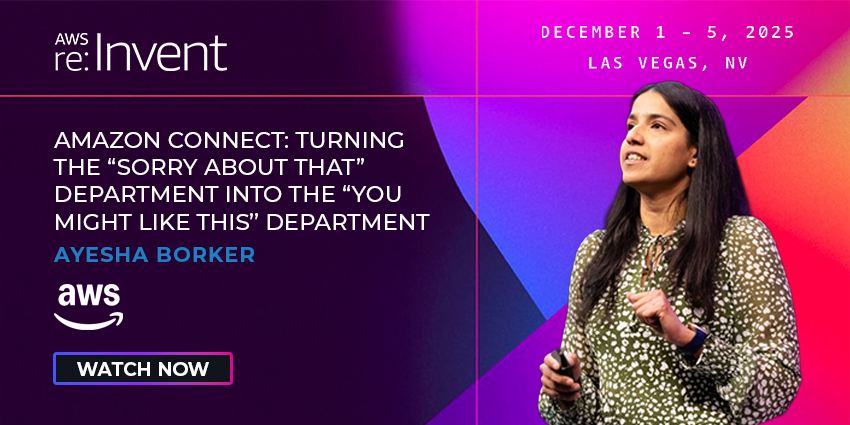Recently, voice security company, Pindrop, released a consumer research report that found that countless consumers are starting to fall victim to phone fraud problems. In fact, the study found that 61% of consumers currently share the answers to their security questions on their social media platforms, meaning that many contact centre conversations could be fraudulent.
We caught up with the leader for the EMEA research team at Pindrop, Nikolay Gaubitch, to find out more about the Pindrop “Phoneprinting” solution for call safety, and the problem of toll fraud within the UK.
Can You Give Us an Introduction to Pindrop?
Pindrop is basically a fraud protection company, that focuses on evaluating phone calls and audio interactions between customers and call centres. According to Nikolay, the problem of phone fraud is an overlooked one, not just across the world, but specifically within the UK. While we’ve focused a lot of effort on making online interactions safer, we’ve generally ignored the audio world. However, Pindrop’s recent consumer report found that out of 3000 consumers across Germany, France, and the UK, about 43% still regularly use their phone to contact service providers.”If you call your bank, you’ll get asked a few authentication questions, but usually it’s pretty trivial stuff. The problem is, people are sharing that information on social media because they underestimate the potential that fraudsters have to use the audio channel as a way of accessing their accounts.”
According to the study, only about 55% of customers were concerned that fraudsters might be able to get into their accounts over the phone.
“People just don’t think about the information they’re sharing every day, which could be used to get into their bank accounts and personal data”
How Bad is the UK Compared to Other Countries?
Nikolay pointed out that the UK had a serious problem with phone fraud. Today, Pindrop is serving over 30 customers and protecting around 650 million calls a year, which means they know a little something about audio communication. I wanted to know just how bad the UK was in comparison to other countries. “We’ve seen a huge rise in phone fraud over the last three or four years – maybe by around 200%. In the UK in particular, we’ve seen losses go up by about 40% in the last three to four years. For instance, about 86 pence is lost, per call to fraud.”
Nikolay pointed out that the biggest data points Pindrop has are in the US and the UK, but the UK is possibly worst of all. “I think the phone channel has really been left wide open in this area. People are just ignoring the issue, and they’re not actually aware of the magnitude of the problem. When we go to do a proof of concept with a client and ask them to tell us how many fraud instances they’ve recorded, they come up with maybe 10 or 20 events. Then we go in and find hundreds of examples of fraud.”
What is the Phoneprinting Technology and How Does It Work?
The Phoneprinting technology that Pindrop uses to assess the presence of fraud in calls is really at the heart of their business, so I was keen to learn more about how it works. Nikolay told me that a lot of people assume that they just analyse voice in the call, but the unique Phoneprinting solution actually looks at around 147 different characteristics within the background audio of any call. “With Phoneprinting, we take a small chunk of a call – maybe the first fifteen seconds, and analyse it to get a fingerprint for the audio, which we use alongside machine learning and big data technology, to determine where the call comes from, which kind of device was used, and whether the call was made by a repeat fraudster.”
With Phoneprinting technology, Pindrop can give call centres more visibility into their communications, so that they can start to fight back against fraud. What’s more, it all happens in real time, “We can analyse the audio and give you a risk score between 0 and 100 in the first thirty seconds of the call.”
What Kind of Companies Are Using Your Technology?
Although if you go to the Pindrop website, you’ll find use-case verticals for everything from banking to insurance, and government bodies, Nikolay was keen to point out that the software the company provides is essential for any business with a call centre. “My general statement when I talk about Phoneprinting is that if you have a call centre that handles any kind of transactions or important data, then you will be a victim of fraud – and I haven’t been wrong yet.”
I also wanted to know what Pindrop’s go-to-market strategy was, and Nikolay told me that although they started with direct sales, they’re moving onto partner strategies now too. “For us, the best way to sell this technology is to just show the customer what the problem is and what our technology can do. It’s such a simple solution. It happens passively in the background, and the customer isn’t even aware of it being there.”
What Have You Just Released, and What’s Coming Next?
Finally, I was interested to hear more about the Phoneprinting 2.0 strategy that Pindrop have just brought to market, and what makes this new development different to the previous option. Nikolay explained, “In the original, we analysed about 147 different audio factors. Now in Phoneprinting 2.0, we’ve moved to 1380 different artifacts, meaning that we can get a much denser “high-definition” print of a call. With 2.0, we’re starting to get an up to 20% improvement in repeat fraud detection behaviour.”
In terms of what Pindrop want to achieve in the future, Nikolay told me that their goal was very bold, “Basically, we want to provide identity and security solution for every voice transaction in the world. Whenever someone talks to someone else, we want to let you know that you’re talking to the right person, whether that’s in call centres, conversations, or even consumer devices like Echo and Siri.”
“While fraud was our initial starting point, we’re really looking at delivering security to all aspects of audio conversations”







